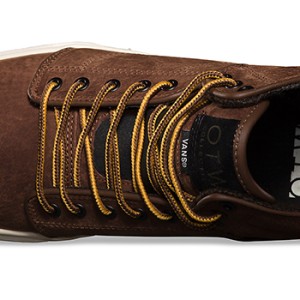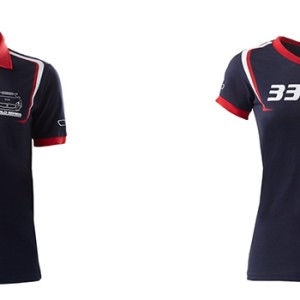 481
481
IOMTT Legend vs BTCC Champ!
What happens when you pit double Dunlop MSA British Touring Car Champion Gordon Shedden against 23-time Isle of Man TT winner John McGuinness, head to head on each other’s race-winning machinery? Dunlop and Honda jointly hosted the unique event at Knockhill circuit on Monday, which saw Gordon swap his Halfords Yuasa Racing Honda Civic Type R for John’s Honda CBR1000RR Fireblade SP for 30 laps of the Scottish track.
The two vehicles are very different – the number of wheels aside – but the similarities are the manufacturer brand and tyre manufacturer – Honda and Dunlop. The sportsmen are different too, but both are at the peak of their sport; capable of using the tyres to their maximum to achieve the best lap times. Whether that’s in a 27 lap race, over 21 miles against 31 other cars on a smooth race track, or a single 37.73-mile lap of the daunting Isle of Man TT Mountain course, held on closed public roads.
Swapping machines is no mean feat – to get competitive lap times, they both needed to learn the car and bike respectively in just a handful of laps. During that time, they also had to adjust to the very different tyres that were the only thing between their vehicle and the tarmac. While Dunlop or Honda will not be releasing official lap times from the event on Monday, both boys were said to be incredibly close to each other’s lap times.
TYRE TALK – THE DIFFERENCES
Size matters – the contact patch on a bike is tiny compared to that of the car, just the size of a credit card. At around 3-4 times smaller it has to take a power to weight ratio quite differently (close to 1 for a motorcycle against close 0.25 for a BTCC). And that is just for the rear tyre. The front contact patch on a motorcycle is yet again even smaller and needs to cope with the bike slowing at close to 1G deceleration.
Wheely important stuff – the BTCC wheel is 18 inches in diameter – an inch bigger than that of the TT rear wheel, although the overall tyre diameter is actually bigger on a motorcycle. This means the tyre mechanics are different.
A bit on the side – Gordon needed to rely on the side walls of the tyres on the Fireblade, while John’s Civic Type R was (mainly) squarely on the base of the tyres. The motorcycle tyre will deform more in the sidewall and tread area to key into the asphalt and generate grip whereas the BTCC tyre will mainly deform in the sidewall area to withstand the weight and get the support required.
Under pressure – tyre pressures vary. There’s up to 1.1 bar of difference between the bike and car pressures to get the best performance – double the pressure in the front tyres when cold for the bike compared to the car. A motorcycle tyre will run between 1.5 bar to 1.6 bar hot, whereas a BTCC tyre will be aimed to run at 1.85-1.95 bar hot. It may not seem such a big difference for most people but Gordon or John would have spotted that change of tyre performance with less than 0.1 bar difference!
The magic ingredients and construction – While some ingredients or at least concepts may be tried in one discipline and transferred into another, the secrets inside the tyres are very different – but they have to stay secret.



















DON'T BE SHY, LEAVE A COMMENT!